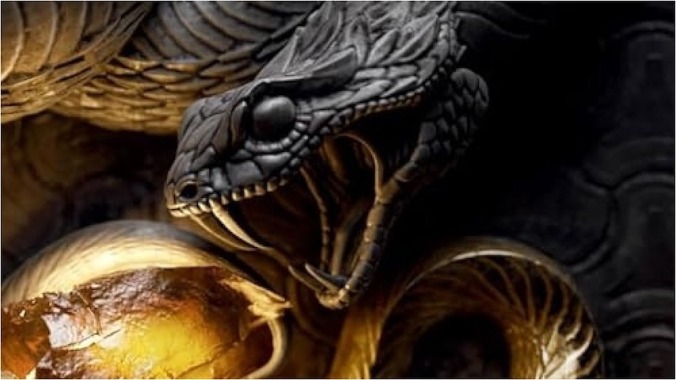The Gods Below’s Incredible Worldbuilding Makes Up For Its Occasionally Thin Characters

One of the hallmarks of epic fantasy fiction is its sheer scale. The best stories in this genre craft complex and sweeping new worlds, often complete with competing political factions, religious orders, social hierarchies, and detailed histories spanning hundreds of years. When done right, this sort of worldbuilding feels breathtakingly immersive, as though readers are stepping into a fictional universe that has always existed right alongside our own. Author Andrea Stewart is a master at creating this kind of lore—if you slept on her excellent Drowning Empire trilogy, now’s the time to add that to your TBR—and nowhere is that more evident than in her latest novel The Gods Below.
The first installment in Stewart’s new Hollow Covenant trilogy, The Gods Below is set in a richly imagined fantasy world divided into two complex distinct realms. Humans have destroyed much of the surface world by burning down the fabled Numinar trees that connect the world above to the realm of the gods below. The loss of the trees sparks both a divine war between the gods and an environmental disaster known as the Shattering. This apocalyptic event breaks the world into multiple kingdoms separated by barriers of deadly aether from deep below the surface and ruins much of its land and resources. In desperation, a man descends into the earth to ask the gods for help—but only one of them answers. That god, known as Kluehnn, claims to want to help the humans struggling to survive and promises to “restore” each land provided the populace provides him with enough magical god gems from beneath the earth.
But Kluehnn’s restoration comes at a heavy cost. The “restored” land does become green and verdant, teeming with new, strange creatures and lush plant life. But the process basically requires the sacrifice of half of each realm’s population, whose life force is used to help reshape and revitalize the terrain. The remaining residents are “altered”, and transformed into human-animal hybrids with increased strength and new bodies that sit somewhere between mortal and immortal. The most devoted of Kluehnn’s acolytes are given the duty of godkillers, and sent to track down and kill any surviving gods who might threaten his power or plans.
The story begins with the imminent restoration of Kashan, as throngs of people attempt to escape. Fifteen-year-old Hakara desperately tries to barter passage through the aether for herself and her younger sister, Rahsa, but they are separated in the chaos. Hakara awakes safely in the neighboring realm of Langzhu, only to learn that her sibling has been left behind. She spends the next decade trying to find a way to cross back over the barrier to search for her sister, risking her life as a miner of god gems. Meanwhile, Rasha who has survived restoration but been transmuted into an “altered,” attempts to start over in a den of Kluehnn’s most devoted worshippers while training to become a godkiller herself.
-

-

-

-

-

-

-

-

-

-

-

-

-

-

-

-

-

-

-

-

-

-

-

-

-

-

-

-

-

-

-

-

-

-

-

-

-

-

-

-








































